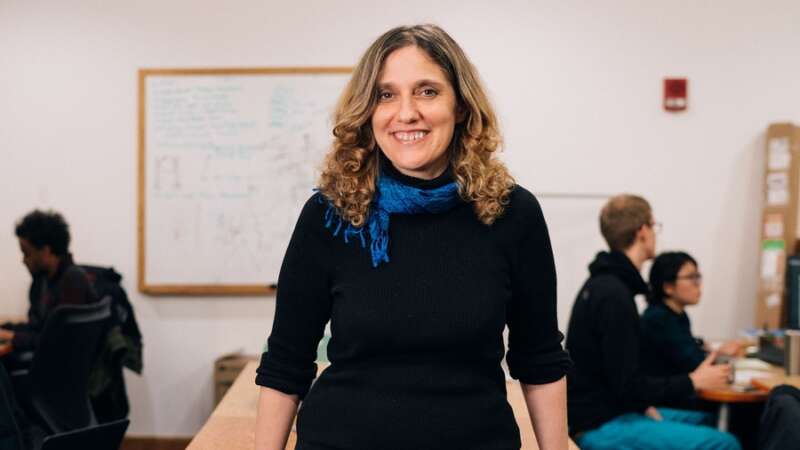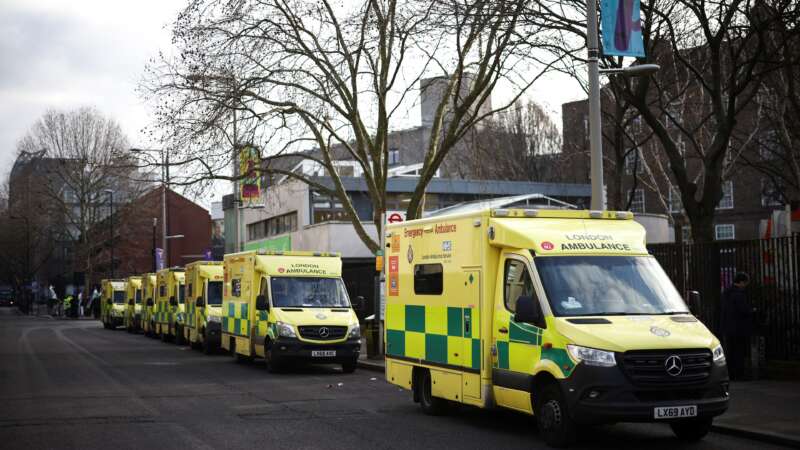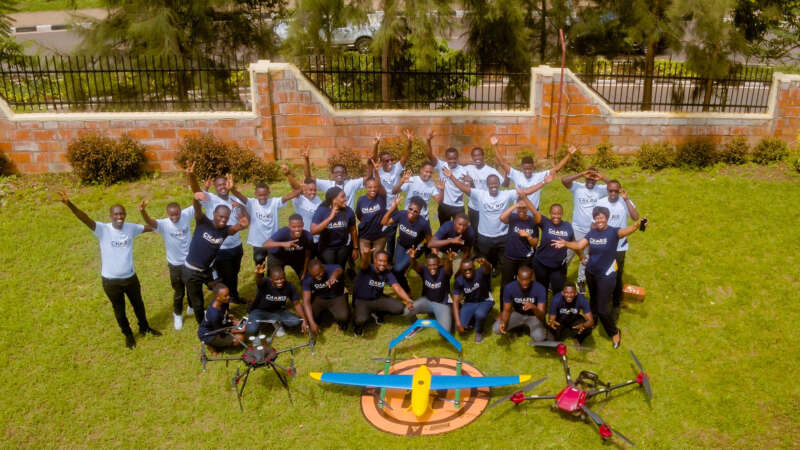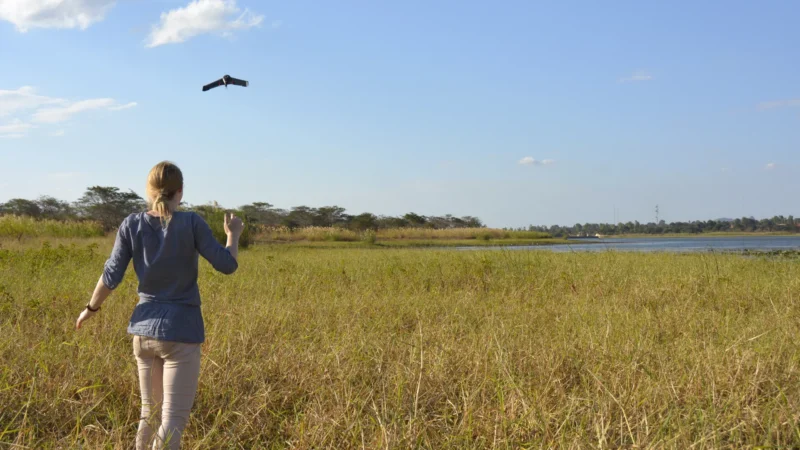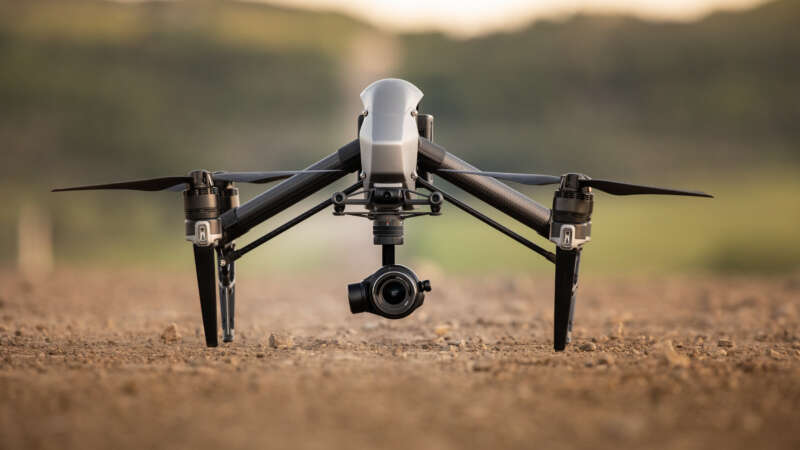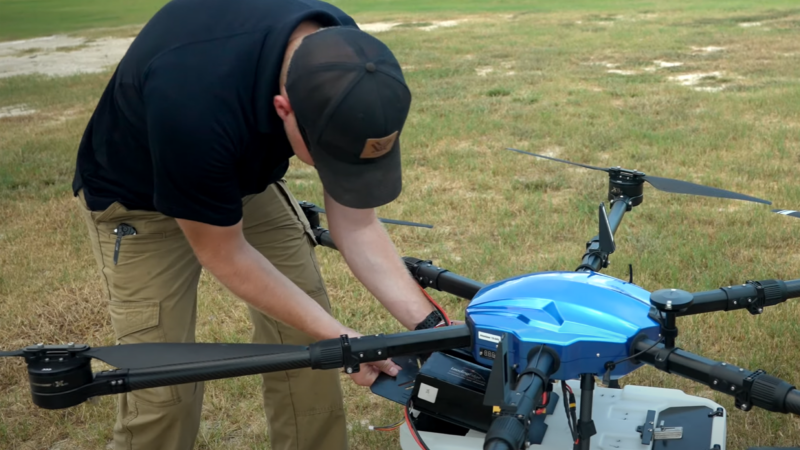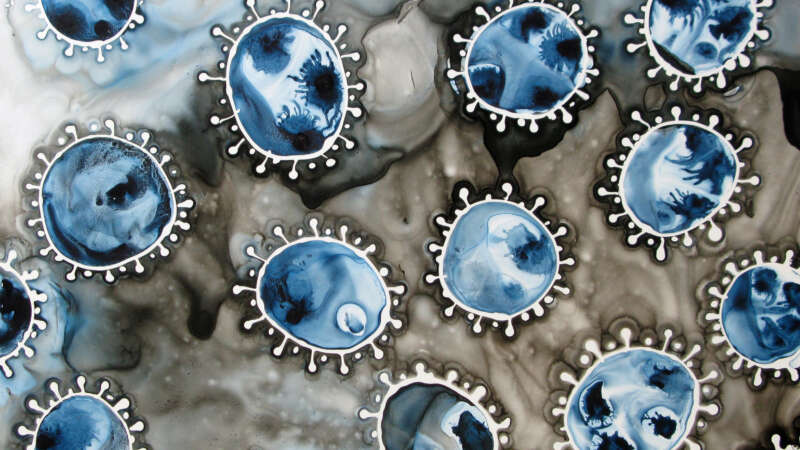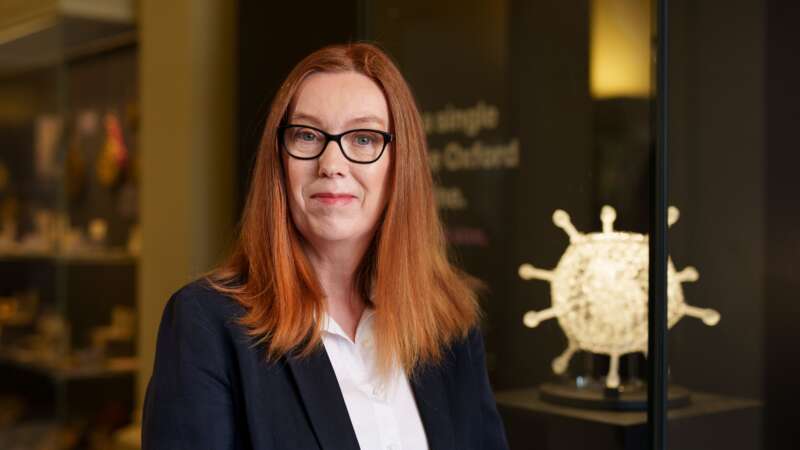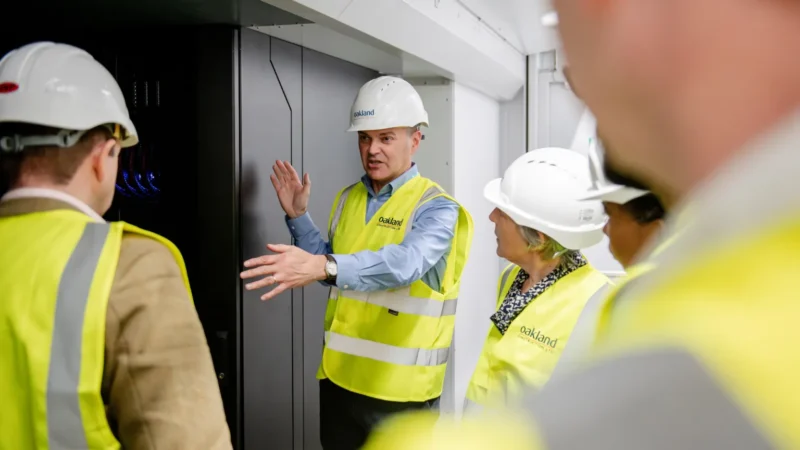Disease
Dr. Regina Barzilay: From Patient to Pioneer
Dr. Regina Barzilay, a professor at MIT and a pioneer in artificial intelligence (AI), is not only moving the needle in science and technology – she is rebuilding the compass. Her work not only advances medical technology but also challenges how we think about diagnosis, treatment, and the human experience behind each.
Barzilay’s journey into medical AI did not begin in a lab. It began in a hospital room in 2014, when she received a breast cancer diagnosis. For most, that moment signals a personal battle. For her, it became something more. It became the beginning of a mission to reimagine cancer care through machine learning.
Six Ways AI is Transforming Healthcare
With 4.5 billion people currently without access to essential healthcare services and a health worker shortage of 11 million expected by 2030, AI has the potential to help bridge that gap and revolutionize global healthcare.
It could even get us back on track to meet the United Nations’ Sustainable Development Goal of achieving universal health coverage by 2030.
But while the technology is rapidly developing, healthcare is “below average” in its adoption of AI compared to other industries, according to the World Economic Forum’s white paper, The Future of AI-Enabled Health: Leading the Way.
Health care technology trends 2025
What is the future of AI in health care? What is the future of RPM? Is telehealth increasing or decreasing? How can AI reduce physician burnout?
This video from the American Medical Association, featuring a discussion between Margaret Lozovatsky, MD, vice president of Digital Health Innovations, and Todd Unger, CXO, answers all of these questions.
Mamy Ingabire: Transforming Vector Control in Africa
Mamy Ingabire is an entrepreneur dedicated to using cutting-edge technology to address critical challenges across various industries.
As the Managing Director of Charis UAS, Rwanda’s first licensed drone company, she has played a fundamental role in advancing the use of Unmanned Aerial Vehicles (UAVs) to improve efficiency in vector control, agriculture, construction, mapping, healthcare, and more. Under her leadership, Charis UAS has leveraged drone technology to revolutionize data collection and digital solutions.
Drones vs. Mosquitoes: Fighting malaria in Malawi
In the middle of a muddy field next to a reservoir in north-western Malawi, a team of scientists are hard at work. Boxes of equipment lie scattered around a patch of dry ground, where a scientist programmes an automated drone flight into a laptop perched on a metal box. The craggy peak of Linga Mountain (‘watch from afar’ in the local language) looms over the lake, casting its reflection in the water.
With a high-pitched whirr of rotor blades, the drone takes off and starts following the shoreline, taking photos as it goes. Once the drone is airborne, the team switch from high-tech to low-tech mode. They collect ladles, rulers and plastic containers and squelch through mud until they reach the water’s edge.
The Drone Edge in Vector Control
Achieving global vector control’s potential requires “realigning programs to optimize the delivery of interventions that are tailored to the local context [and]…strengthened monitoring systems and novel interventions with proven effectiveness.” This includes “integration of non-chemical and chemical vector control methods [and] evidence-based decision making guided by operational research and entomological and epidemiological surveillance and evaluation.”
Drones or “unmanned aerial vehicles” (UAVs) can save time and money compared to conventional ground-based surveys. Sophisticated models and monitoring equipment can be purchased for a few thousand dollars. They don’t require a pilot’s license, they are becoming easier to fly, and their paths can be fully automated through AI, machine learning, global positioning systems, and computer vision.
Mosquito Control Drone Application
Check out this video from Calcasieu Parish Mosquito and Rodent Control on how they are using drone technology to spray in hard to reach areas and increase the efficiency of eliminating disease-carrying populations of mosquitos.
Michele Banks: The Pulse of Life in Ink and Color
Michele Banks, known as Artologica, is a Washington, D.C.-based artist using watercolor and ink to explore themes such as cell division, neuroscience, the microbiome, and climate change. Her pieces capture a slightly abstracted scientific imagery, creating beautiful interpretations of biological and environmental processes.
Banks has exhibited her work at the National Institutes of Health (NIH), the American Association for the Advancement of Science (AAAS), and major scientific conferences, including the Society for Neuroscience and the American Society for Microbiology. Her art has appeared on journal covers, in textbooks, and in publications such as Scientific American, The Scientist, and Wired.
Dame Sarah Gilbert: The Scientist Who Helped Save Millions of Lives
Dame Sarah Gilbert, Born in April 1962, is a vaccinologist whose groundbreaking work on the Oxford AstraZeneca COVID-19 vaccine has saved millions of lives worldwide.
In 1983, Gilbert graduated with a Bachelor of Science in Biological Sciences from the University of East Anglia. She then pursued a PhD at the University of Hull, focusing her studies on the genetics and biochemistry of the yeast Rhodosporidium toruloides, and earned her doctorate in 1986.
Supercomputer Using AI to Develop Vaccines
A £225m supercomputer is using artificial intelligence (AI) to develop new drugs and vaccines.
When it is fully operational this summer, the Isambard-AI computer in Bristol will be the most powerful supercomputer in the UK.
Last week, Prime Minister Sir Keir Starmer unveiled plans to “unleash AI” across the UK in an effort to boost growth.
Simon McIntosh-Smith, a professor in high-performance computing at Bristol University, said the Isambard-AI meant the UK “genuinely can be competitive with the world”.
